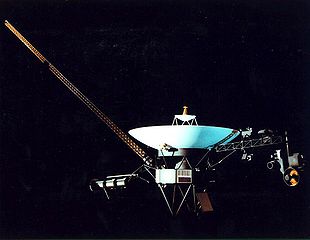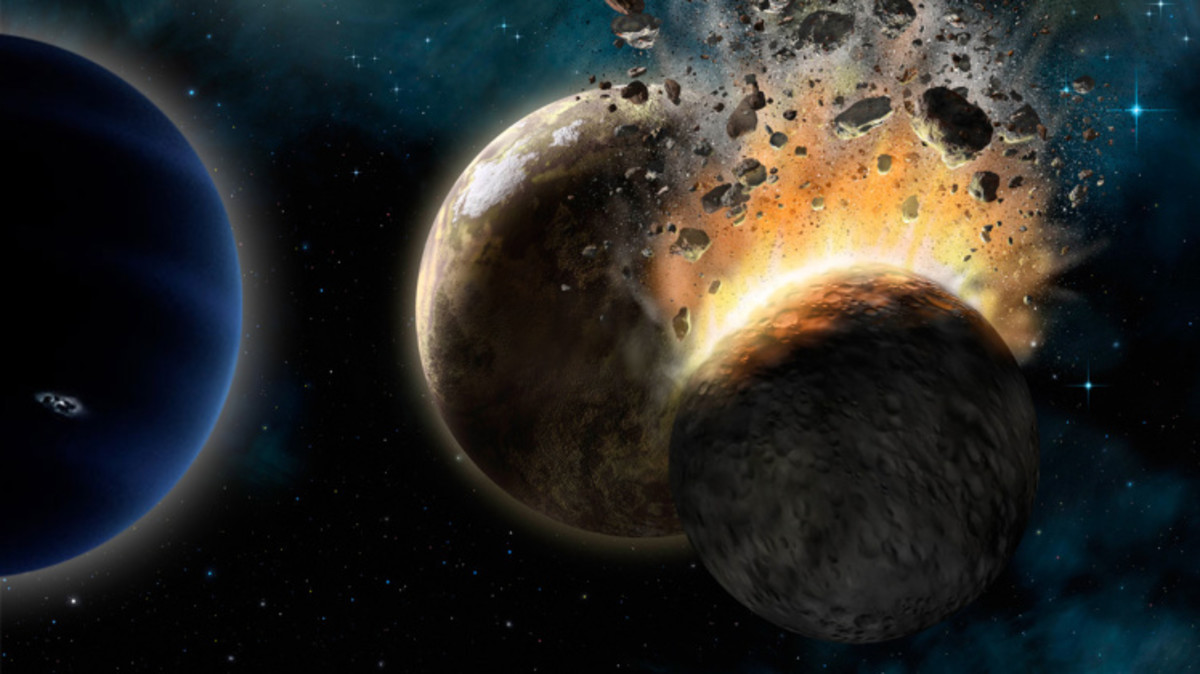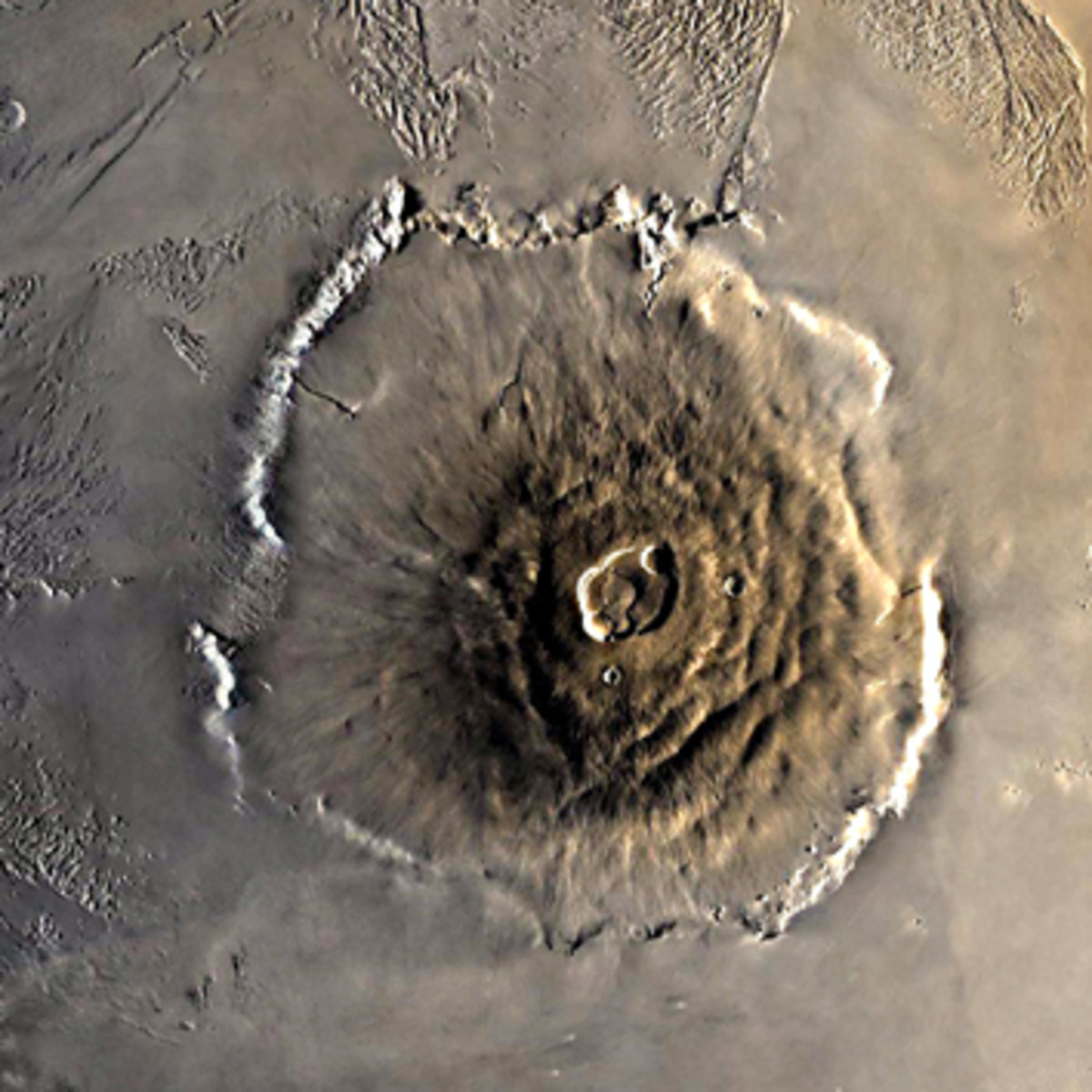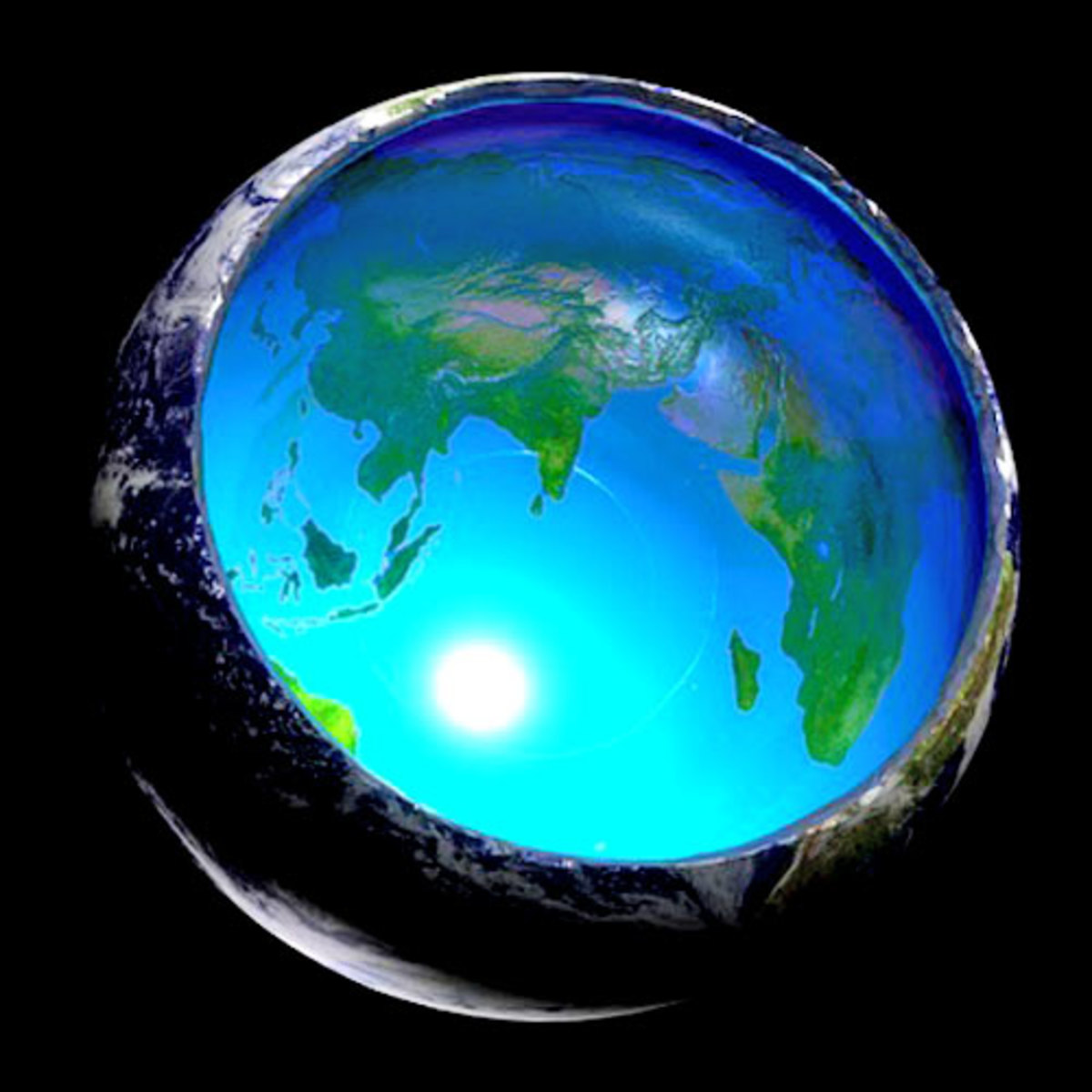Celebrating Voyager
New Frontiers

Voyager 1
35 years ago this week, NASA’s Voyage 1 left the earth on a space voyage of discovery.
Voyager 1’s first goal was to visit Jupiter and Saturn, then using Saturn as a slingshot, shoot into the outer realms of the solar system.
It was successful and managed to send back photos of the big red spot on Jupiter and the rings of Saturn. Added to these successes though, it was able to show before unknown secrets: From the Jupiter moons, volcanoes on Ion and the possibility of an ocean below the icy surface of Europa. From Titan, a moon of Saturn, signs of Methane rain.
Currently now at approximately 11 billion miles from the Sun, it is in the outer reaches of our solar system. No one knows for sure how long before it will actually leave the system but for some time now it has been in a bubble at the edge of the system. This bubble is where solar winds dramatically slow down causing them to heat up and although scientists knew of this bubble they did not know how big it was. Now it would appear that they are about to find out, as the Voyager is starting to give different readings. When it will finally leave the solar system properly though, is still up for speculation.
To give an example of just how much progress has occurred since Voyager left earth, we will use the size of its computer. Voyager 1 has 68 kilobytes of computer memory; whilst today’s smallest iPod has 8-gigabyte, 100,000 times more.
When Voyager 1 does finally leave our solar system, it will be the first ever known man made object to do so. In case it should attract the attention of any aliens out there, it is carrying gold plated discs containing greetings in several languages, music and pictures.
- A Probe Too Far?
Probes, for the first time, will leave our solar system in 2016. Will they show that all our assumptions of real space are invalid? Will science books have to be re written?
Voyager 2
9 billion miles from the Sun but in another direction is Voyager 2.
Voyager 2 a twin to Voyager 1 started out by visiting Uranus and Neptune before heading for the outer limits of the solar system. It had an anniversary of its launch 2 weeks ago.
Radio signals from Voyager 1 take 17 hours to reach Earth, whilst from Voyager 2 a mere 13 hours.
No longer are there full time scientists monitoring the mission but 20 part timers view information still sent back from the Voyagers.
The combined cost of the Voyager missions in 1977 was $983 million or at today’s costs, equivalent to $3.7 billion. The nuclear powered spacecraft are not due to run out of fuel till 2020 by which time they should be well outside our solar system and have been able to send information about the real space between star systems. They are equipped with instruments to measure magnetic fields, cosmic rays and charged particles also known as solar winds.
So, far away but not forgotten, the Voyagers should give the World the first, first hand scientific glimpse of what is really beyond the reach of our own Sun. Congratulations to 76 year Ed Stone, who has toiled on the project from its beginnings and also to the rest of the team that soon may have brought outer space that little bit closer.
- Inter Stellar Travel
Is inter stellar travel possible? Now that there has once again been put doubt on speeds that exceed that of light, is there an alternative? Perhaps. - Asteroids of Gold
First they found a planet that is a Diamond. Now Gold in meteorites. Will they collect? - Interstellar Travel a Reality
We will not see the results in our lifetimes but it would now appear that we are seriously looking at multi generation space exploration. Will we at least see the launching of the first mission? What propulsion system will they use and where will the







